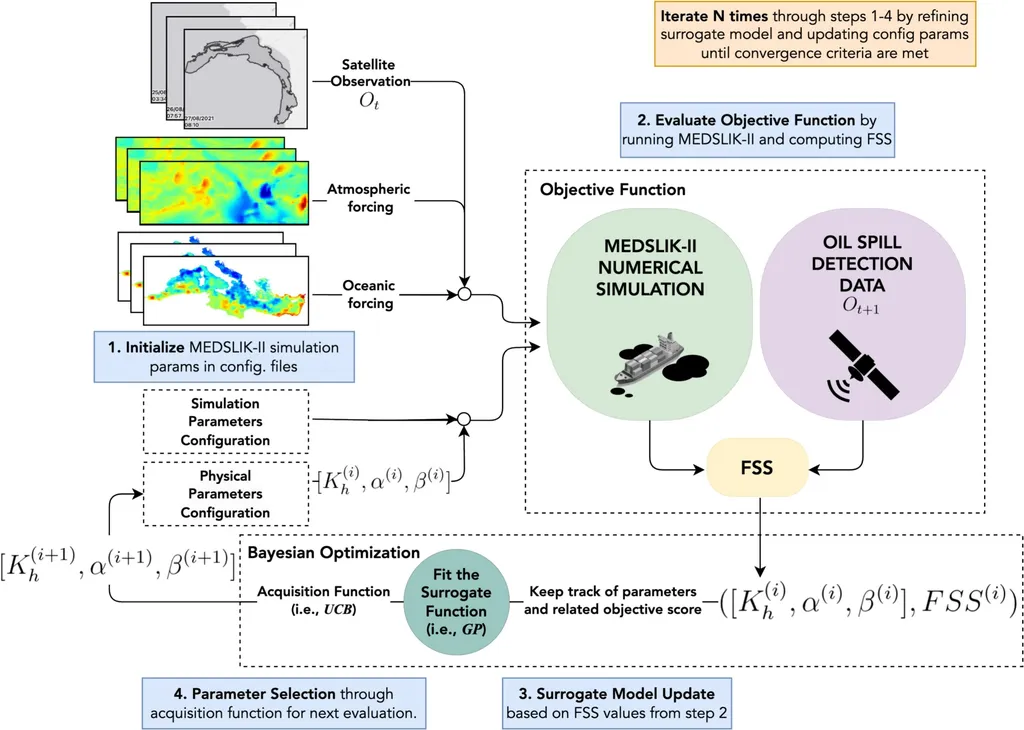In a significant stride towards enhancing marine safety, researchers have developed a cutting-edge framework for real-time oil spill detection and monitoring, combining the Internet of Things (IoT), unmanned vehicles, and deep learning techniques. This innovative system, proposed by Pham Duc of the Energy-Fuel Technology and Applied Material Research Group at Dong Nai Technology University in Vietnam, promises to revolutionize how we respond to marine oil spills, minimizing both response time and environmental impact.
The system employs a multi-layered architecture, starting with a network of sensors deployed on Saildrone unmanned surface vehicles. These sensors, including visual, infrared, and acoustic types, collect real-time data from the marine environment. This data is then processed initially at the edge layer for low-latency response, and subsequently, a cloud layer uses deep transfer learning for accurate spill identification and classification.
The research, published in ‘Polish Maritime Research’ (translated from Polish as ‘Polish Maritime Research’), fine-tuned pre-trained ResNet models using a Synthetic Aperture Radar oil spill dataset. The results were impressive, with a peak accuracy of 97.89% achieved using a three-layer transfer learning configuration. This accuracy outperformed other tested configurations, demonstrating the system’s robustness and reliability.
Pham Duc explained, “Our framework has been proven to gain about 98.3% model accuracy on drone images for oil spill detection.” This high accuracy rate is a game-changer for the maritime industry, offering a reliable tool for rapid detection and monitoring of oil spills.
The commercial impacts of this research are substantial. For maritime sectors, the ability to detect and monitor oil spills in real-time can significantly reduce response times, minimizing environmental damage and associated costs. The system’s accuracy and reliability also open up opportunities for continuous monitoring, ensuring sustainable maritime activities.
Moreover, the integration of IoT and unmanned vehicles in this framework presents new avenues for innovation in maritime safety. As Pham Duc noted, “The efficiency of the system in real-time data handling and leak localization was validated through a controlled experimental prototype.” This validation paves the way for the commercialization of the system, offering maritime professionals a powerful tool to enhance safety and sustainability.
In conclusion, this research marks a significant advancement in marine safety, offering a robust solution for real-time oil spill detection and monitoring. The commercial impacts and opportunities it presents are vast, promising a safer and more sustainable future for the maritime industry.

